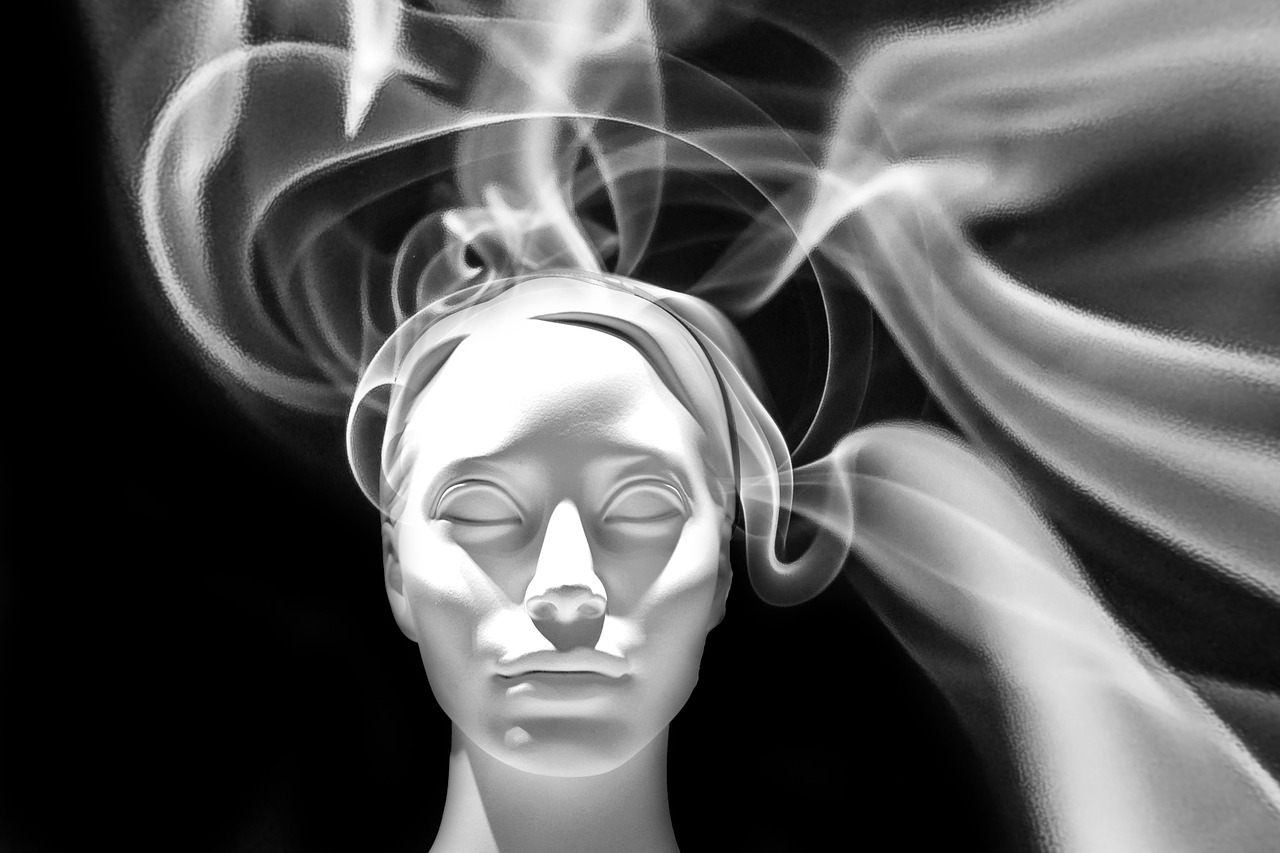The next step along the path. Listen to the recording or read the write-up below.
Mindfulness isn’t something we do. It is something we un-do!
This might sound tricky to the western mind as we get so used to ‘doing’.
The Buddha said that the Dhamma is visible, timeless and calling out to be approached and seen. It is not something mysterious and remote, but is the truth of our own experience. Mindfulness gives us access to that truth. This truth, in order to be liberating, has to be known directly. It cannot be accepted on faith.
Everything we experience and come in to contact with is experienced through awareness. You could say that when we talk about right mindfulness, we are really saying right awareness. Controversially, Awareness that we spend in most of our time is not ‘right’ in terms of the eight fold path. It is not the true experience. I’ve said before that the mind doesn’t always present a true picture to us. It doesn’t tell us the truth about a situation.
If we take things back to our analogy of the journey. These days we drive around, led by our GPS systems in our cars. How after do these stories come through the media of someone who ends up stuck in a field of cows or stranded in a river because they have blindly followed their GPS! GPS is phenomenal technology but it isn’t always an accurate portrayal of the true nature of the roads.
Our own awareness is very much like this. It doesn’t necessarily tell us the truth because of the way our minds work. Our usual mode of conscious awareness colours the direct experience with embellishments from our own minds. Mental habit, prejudices, deeply held religious beliefs, attitudes with, all come in to play. We are usually not consciously aware of this process. We don’t see the way the mind overlays everything, we utterly ‘believe’ the stories it is telling us. Just as we believe and trust our GPS
So the task of right mindfulness is to clear up this cognitive field. To see the embellishments we are overlaying and brush them to the side. We can’t just stop the process of the mind and the way it works. That’s its job after all. So we have to start to practice in a way that sees this process going on and looks behind it to see the experience directly.
Think of a field, that a farmer is going to plant his crop in. If he doesn’t remove the weeds and grass first and reveal the top-soil, the crop will not grow well at all. We have to work in this way with mindfulness.
This is why I said at the start, mindfulness is not something that we do. It is something that we undo. We don’t think, judge, plan, solve, associate, wish or imagine. These are all doings. It just watches and notes each moment as it arises and passes away. Directly.
In this way, mindfulness facilitates deep concentration or wisdom depending on how we utilise it.
Let’s take a look at mindfulness itself. This has now become a secular practise but here we are going back to the Buddha’s teaching.
The practise of mindfulness is primarily set out in the Satipathanna sutra. A writing that forms part of the Pali Cannon. The Buddhist bible if you like. This sets out 4 fields of mindfulness.
- Contemplation of the body.
- Contemplation of feeling
- Contemplation of the state of mind
- Contemplation of phenomena
The body. The starting point. It is here that we see the introduction of the breath and we are going to work with this today. But also the body scan. Even at this stage we learn a great deal about just looking with bare attention. Very quickly, if we aren’t vigilant, the mind creeps in. It can overlay all sorts of interpretations and embellishments. At this stage we are looking to just notice when the mind does this and let it go. Come back to the object of our focus and see it directly. Although this is the first of the fields, in many ways it is the most important and the mindfulness of breathing, the Buddha used to gain enlightenment. It can take us all the way through to nirvana if we are diligent in our practise. Out of it comes wisdom. A deep understanding of the nature of all things. When we focus on the body and we see it as it is, we see pure impermanence. There is nothing static. Nothing that lasts. Over time we start to really experience the lack of a permanent self and we let go of ego.
The feelings. This is where we take things a stage further and notice how our mind makes choices about how we react to things. Desire, aversion or neutrality. This happens exceptionally fast so we often notice the mind embellishing the experience and this therefore informs us of the choice it has made. In relation to the breath and the body, we certainly notice our reactions to pleasurable versus painful sensations.
The mind. We’ve spent a whole few weeks on this when we explored the abbhidamma and we will certainly come back to it again. However, here we can simply examine our experience of mind state. Examining conscious awareness with interest. Noting that even the mind has pleasurable and unpleasurable mental objects that flow through and how we cling to the pleasurable and push away the unpleasureable. Just to start practising at this level takes us a long way into understanding ourselves. Here we are trying to access pure mind. Think of a bottle of water. There are two things here, the bottle itself and the water within it. The water will take the shape of the bottle into which it is poured. It is the same water, but it has a different shape dependent on the bottle. We can view our mind like this. Our mind is the bottle. Depending on our mind shape different thoughts or mental objects will arise. If our mind is compassionate then our mental objects will be compassionate in nature.
Phenomena. Fascinating one this. We can look at the formal teaching of the 5 aggregates, the Hinderances and the 6 sense engagements but actually let’s step back from all of that. There is a simpler way to view this, I believe and it prevents to us a potential for a deep understanding into the nature of our life. Charlotte Yoko Beck, Zen Nun writes that ‘The Universe is just mind’. She goes on to explain that the only reason the universe knows it exists is because of minds being present in the universe. Sentient beings can be seen as bubbles of awareness appearing in the vastness of the universe and allowing it to see itself. So, given what we know about how our own minds alter our perceptions we now start to take a fresh look at the universe and realise that the world we see is our world, presented on the mirror of our own minds. Anyone who meditates for a while starts to discover how our minds don’t tell us the truth. So the world isn’t really like this. The distortion can be very subtle. For example, we may misinterpret a friends comment and read an incorrect view into our friend, whereupon they become an enemy! Or we may view a whole country as an enemy because of what we have read in the papers!
But start simple. Work with the breath and the body and notice how your mind state and the mental objects flowing through alter your relationship with them.

